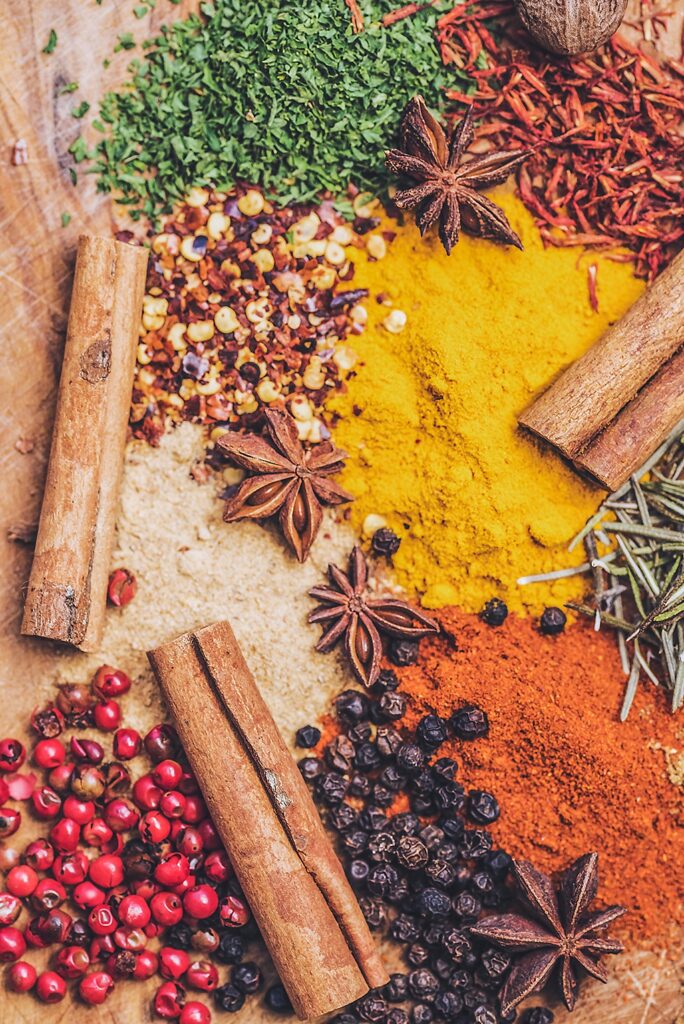What is acupuncture & Chinese medicine?
Acupuncture is an ancient healing technique that stimulates the body’s natural healing process. It is an essential part of Traditional Chinese Medicine (TCM), a comprehensive system of health care with over 3000 years of continuous clinical history. TCM includes acupuncture, Chinese herbology and massage, dietary therapy and exercise based on traditional Chinese medicine principles.
This system of healthcare is currently used by one-quarter of the world’s population, in over 25 countries. In the history of humankind, more people have been treated with acupuncture than all other health-care modalities combined!

How does it work?
Our human body is truly miraculous and mysterious. Researchers are still trying to figure out exactly how acupuncture works. However, we do know that it does work, which is why acupuncture is currently the fastest growing form of complementary medicine in the US. Here are some explanations we use as to how it works.
The simplest explanation is that acupuncture stimulates and magnifies your innate ability to heal. It helps remove the obstructions standing in the way of your healing process and helps create a shift towards homeostasis, or balance.
The classical Chinese explanation is that within our bodies lies an intricate network of pathways called meridians that carry our vital, bio-electrical energy the Chinese call Qi. Similar to a network of rivers, these meridians assist in the distribution of this bio-electrical energy, along with blood, carrying the nutrients that are needed to nourish every cell, tissue and organ system in our bodies. When there is an obstruction in the flow of this vital energy – like a log jam in a river – everything downstream that is dependent on that energy and blood is compromised, which can lead to a state of imbalance, pain or disease.
There are 15 major meridians in the body and over 350 acupuncture points located along these pathways. Each meridian acts as a conductor of energy, and each acu-point, when stimulated, has a unique effect on the energy that passes through that meridian. Thin needles can be inserted into some of these points to stimulate the body’s natural healing process by promoting the circulation of its vital energy and blood. By releasing the obstructions in the flow of this vital, bio-electric energy, the body is able to return to a state of balance, free from pain, tension and disease.
Western science confirmed in 1978 that there are measurable pathways of higher conductivity along the surface of the skin that correlate with traditional meridian pathways. They also discovered that the electrical conductivity of the skin at the classical acupuncture points was significantly higher than at the non-acupuncture points. More recent experiments have shown that acupuncture can release pain-blocking endorphins, reduce inflammation, and appears to adjust many physiological processes of the body including rhythm and stroke volume of the heart, peripheral microcirculation, gastrointestinal peristalsis, secretion of hydrochloric acid and the production of red and white blood cells.
Acupuncture is most widely employed to alleviate both acute and chronic pain, which may be explained by its ability to promote blood circulation and reduce inflammation.
Acupuncture also appears to release chronic holding patterns and trigger points, and restore muscle imbalances by resetting muscle fiber tonicity, breaking up adhesion formation and reducing inflammation, thus helping to restore functional integrity and balance.
Is acupuncture painful?
Acupuncture needles are extremely thin and flexible – about the size of a human hair – and can be inserted without pain. They bear no resemblance to those used for injections. Most find acupuncture treatments very relaxing and often fall asleep. Only disposable, single-use needles are used.
Chinese herbs
Based on thousands of years of observation and clinical experience, Chinese medical literature has systematically documented more than 5,000 medicinal herbs. These substances are normally prepared from the whole or part of a plant in natural forms: seeds, berries, roots, leaves, bark, minerals, or flowers. An herb can contain a huge complex of organic and inorganic compounds that, as a whole, make up its unique medicinal profile. Although a single herb can be administered, typical Chinese herbal formulas contain from 2-15 different herbs. Most of these classical formulas have been in use for thousands of years. The formulas can be cooked and served as tea, or prepared in the form of capsules or granules.
Chinese herbal medicines function as a whole food rather than as an extracted single ingredient. Modern research has revealed that many Chinese herbs act through one or more pharmacological mechanism. As with acupuncture, a prescribed herbal formula is specifically tailored to the individuals needs. For example, a classical Chinese formula that is commonly used for patients with low back pain can be individualized with the addition of specific herbs for the patient’s low energy, irritability, and insomnia. When administered by an educated and experienced practitioner, Chinese herbs have shown little or no adverse side effects.
It is advisable to seek a licensed and experienced practitioner when choosing herbal medications. Remember, every body has a unique makeup, so something you read in a magazine, or that works for a friend, may not be the best option for your body.
We provide high-quality Chinese herbs and avoid any herbal products that contain endangered or threatened plant and animal products, heavy metals, contaminants or adulterations.
